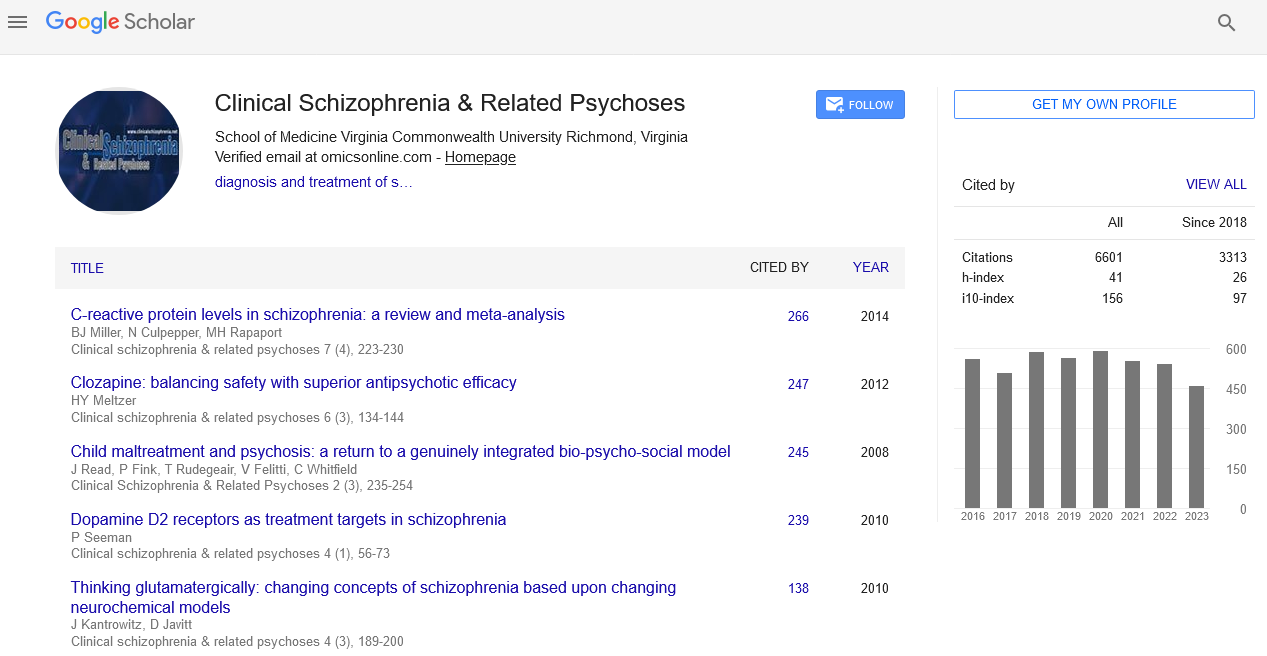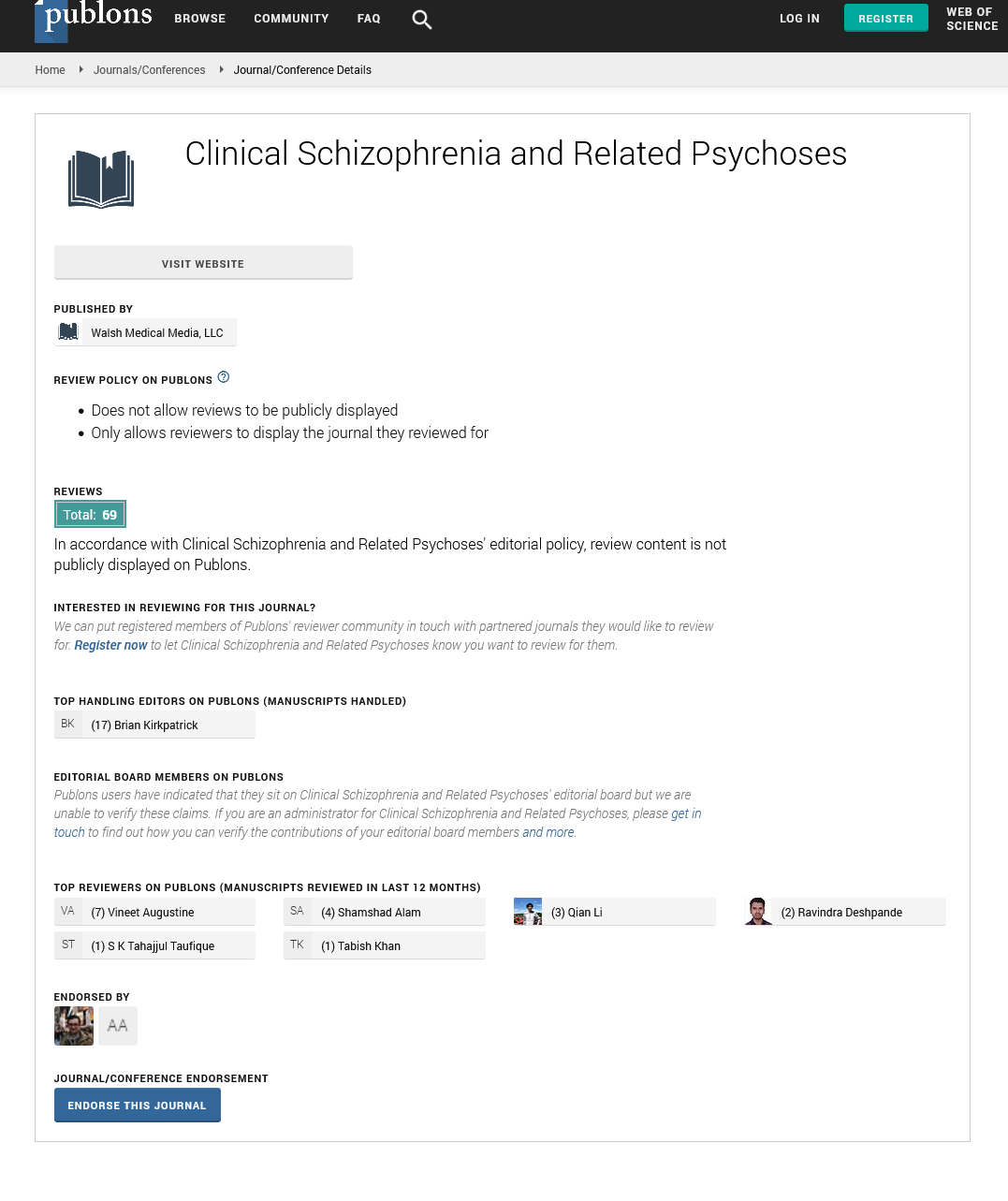Abstract
Dopamine D2 Receptors as Treatment argets in Schizophrenia
Author(s): Philip SeemanThe antipsychotic effectiveness of chlorpromazine and haloperidol started a search for their therapeutic targets. The antipsychotic receptor target turned out to be a dopamine receptor, now cloned as the dopamine D2 receptor. The D2 receptor is the common target for antipsychotics. Antipsychotic clinical doses correlate with their affinities for this receptor. Therapeutic doses of antipsychotics occupy 60 to 80% of brain D2 receptors in patients, but aripiprazole occupies up to 90%. While antipsychotics may take up to six hours to occupy D2 receptors, much clinical improvement occurs within a few days. The receptor has high- and low-affinity states. The D2High state is functional for dopaminelike agonists such as aripiprazole. Most individuals with schizophrenia are supersensitive to dopamine. Animal models of psychosis show that a variety of risk factors, genetic and nongenetic, are associated with behavioral supersensitivity to dopamine, reflected in elevated levels of dopamine D2High receptors. Although antipsychotics such as haloperidol alleviate psychosis and reverse the elevation of D2High receptors, long-term use of traditional antipsychotics can further enhance dopamine supersensitivity in patients. Therefore, switching from a traditional antipsychotic to an agonist antipsychotic such as aripiprazole can result in the emergence of psychotic signs and symptoms. Clozapine and quetiapine do not elicit parkinsonism and rarely result in tardive dyskinesia because they are released from D2 within 12 to 24 hours. Traditional antipsychotics remain attached to D2 receptors for days, preventing relapse, but allowing accumulation that can lead to tardive dyskinesia. Future goals include imaging D2High receptors and desensitizing them in early-stage psychosis.






